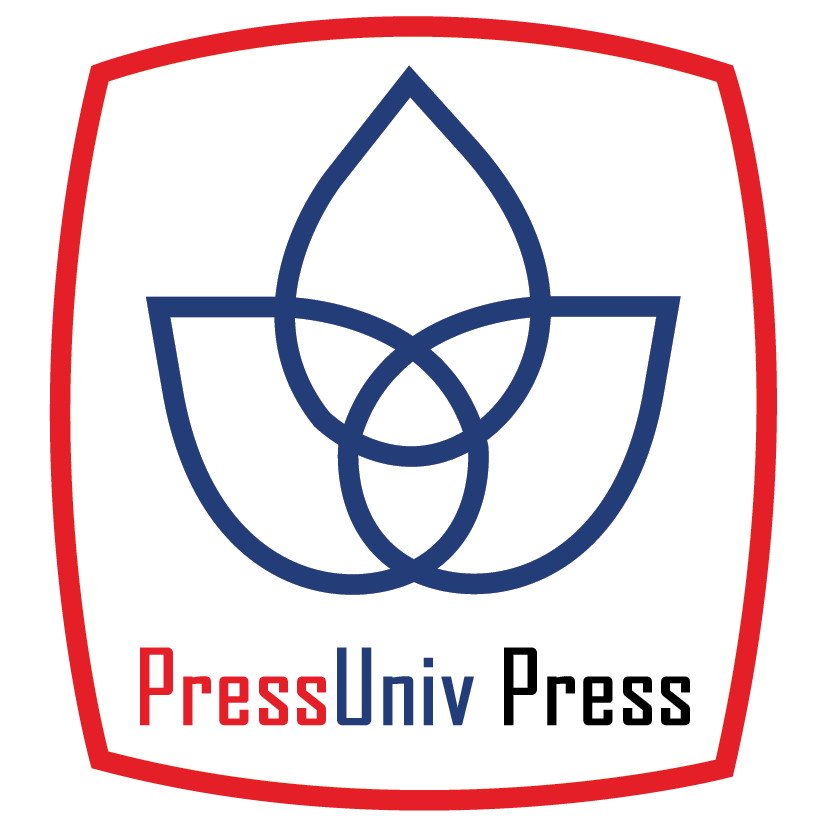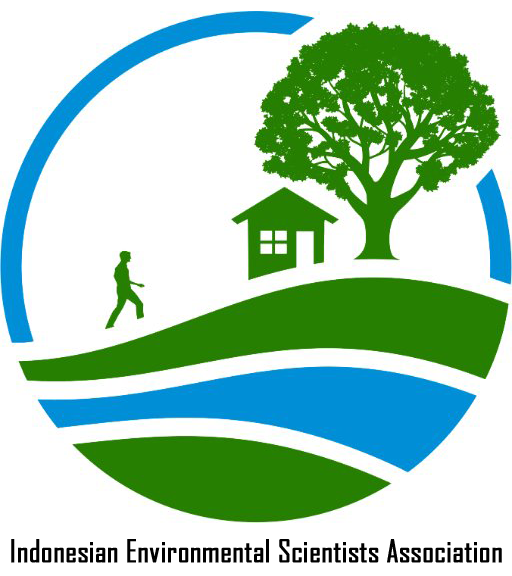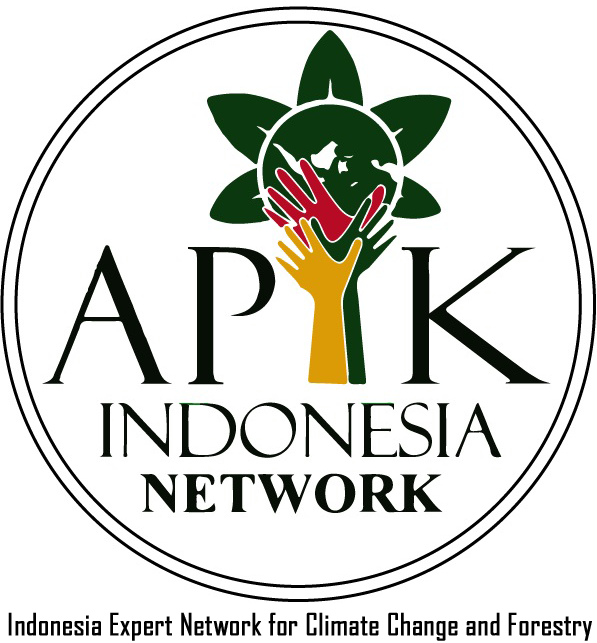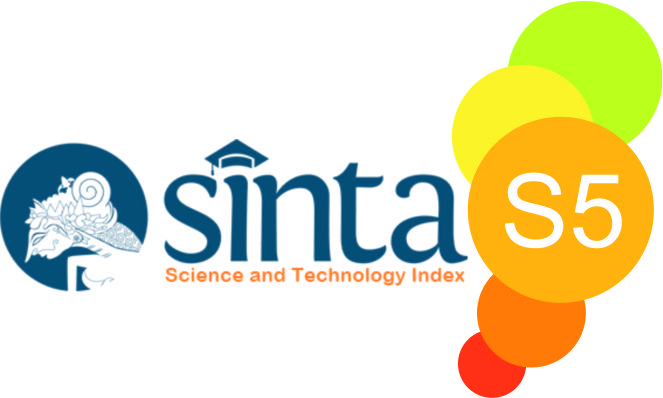Waste Reduction Potential in SAMTAMA Program Implementation (Study Case: RT 10/RW 03 Cempaka Putih Timur)
Abstract
Waste is one of the big problems often faced by metropolitan cities like DKI Jakarta. The Jakarta Environment Agency's research stated that DKI Jakarta produces 7500-tons of waste per day with 60.5% coming from residential. Therefore, the DKI Jakarta government initiated the Sampah Tanggung Jawab Bersama (SAMTAMA) to mobilize residential people to manage waste from its source at certain locations as a pilot, one of locations is RT 10 / RW 03 Cempaka Putih Timur. RT 10 / RW 03 Cempaka Putih Timur is the RT that is considered optimal in implement the SAMTAMA program. Based on this, the objectives of this study are: (1) to find the existing condition of SAMTAMA program; (2) to measure the waste generation, composition, and reduction potential in the implementation of SAMTAMA program. The method implemented in measuring using SNI 19-3964-1994 which is carried out for 8 consecutive days. Waste composition is classified based on SNI 19-3964-1995, supplemented with components of B3 waste and diapers. The results of the analysis show that the average of waste generation is 14.99 kg/day where the treated waste is 11.36 kg/day and the untreated or residual waste is 3.63 kg/day with the largest composition is food waste with 10.66 kg/day (71%). With SAMTAMA Program implementation, the waste potential reduction can reach 0.019 kg/day/person.
Keywords
Full Text:
PDFReferences
N. W. Mujahid, “Mengurai Beban Kota Metropolitan,” Media Informasi Air Minum dan Sanitasi, 2016.
Dinas Lingkungan Hidup Jakarta, “Data - Data TPST Bantargebang,” 2018. [Online]. Available: https://upst.dlh.jakarta.go.id/tpst/data.
W. Marison, “Tumpukan 7.500 Ton Sampah Per Hari di Jakarta Hampir Setara Candi Borobudur,” Megapolitan Kompas, 2019.
D. Maulany, “Kajian Timbulan Sampah Sistem Pengelolaan Sampah Berbasis 3R Studi Kasus RW 17 Kelurahan Cilengkrang Kabupaten Bandung,” J. Karya Ilm. Tek. Lingkung. Itenas, vol. 3, 2015, [Online]. Available: https://ejurnal.itenas.ac.id/index.php/lingkungan/article/view/678.
SNI 19-3964-1994, “Metode pengambilan dan pengukuran contoh timbulan dan komposisi sampah perkotaan,” p. 16, 1994, doi: 10.2989/16085906.2013.815406.
“SNI 19-3964-1995 Metode Pengambilan dan Pengukuran Contoh Timbulan dan Komposisi Sampah Perkotaan,” Jakarta, 1995.
T. Padmi Damanhuri, Pengelolaan Sampah Terpadu. Bandung: Institut Teknologi Bandung, 2016.
Tchobanoglous, Integrated Solid Waste Management: Engineering Principles and Management Issues. Mc-Graw - Hill Companies, 1993.
D. S. A. Hapsari, “Timbulan dan Pengumpulan Sampah Rumah Tangga di Kecamatan Sukolilo, Surabaya,” Institut Teknologi Sepuluh November, 2017.
M. W. Purcell, “Prediction of Household and Commercial BMW Generation According to Socio-economic and Other Factors for Dublin Region,” Waste Manag., vol. 4, 2009, doi: 10.1016/j.wasman.2008.10.011.
R. Masrida, “Kajian Timbulan dan Komposisi Sampah Sebagai Dasar Pengelolaan Sampah di Kampus II Universitas Bhayangkara Jakarta Raya,” J. Environ. Eng. Waste Manag., vol. 2, 2017, doi: http://dx.doi.org/10.33021/jenv.v2i2.221.
M. K. Wardhani and A. D. Harto, “Studi Komparasi Pengurangan Timbulan Sampah Berbasis Masyarakat Menggunakan Prinsip Bank Sampah Di Surabaya, Gresik Dan Sidoarjo,” Pamator, vol. 11, no. 1, pp. 52–63, 2018.
DOI: http://dx.doi.org/10.33021/jenv.v5i2.1276
Copyright (c) 2020 Yemima Marnalita Hasibuan, Filson Maratur Sidjabat

This work is licensed under a Creative Commons Attribution-ShareAlike 4.0 International License.
Journal of Environmental Engineering and Waste Management Published by PresUniv Press, in collaboration with IESA and APIK Indonesia Network




